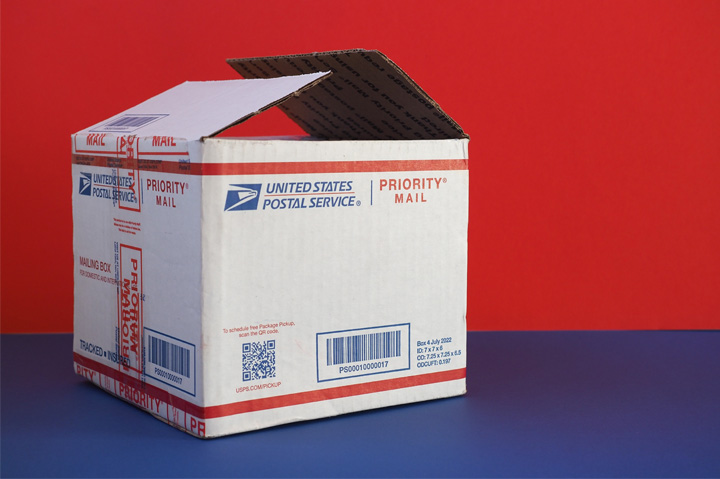February 21, 2025
Trump Reportedly Wants To Absorb USPS Into the Commerce Dept.
Following the resignation of Postmaster General Louis DeJoy, the president is poised to fire the remaining governing board and attempt to move the Postal Service under White House jurisdiction, according to sources.
Key Takeaways
• Potential USPS Absorption: President Trump is reportedly interested in dissolving the United States Postal Service’s leadership and integrating USPS into the Commerce Department.
• Legal & Operational Implications: The USPS Board of Governors could sue the White House if the president attempts to alter the agency’s independent status, which is said to be constitutionally backed.
• Fallout? Possible changes could include cost-cutting measures, facility closures and higher postage fees, with potential impacts to delivery times and the print/promo industry.
In the wake of Postmaster General Louis DeJoy stepping down this week, President Donald Trump is reportedly making plans for dissolving the remaining United States Postal Service leadership and absorbing USPS into his administration under the Commerce Department.
Earlier this week, DeJoy announced that he would be leaving the USPS’ highest office after a relatively brief, but controversial, tenure. In his resignation letter, DeJoy urged the USPS Board of Governors to embrace the change he deemed necessary to bring the mail service into the 21st century and stabilize it financially amid competition from private companies like UPS and FedEx.

Yesterday, anonymous sources indicated to The Washington Post that the president feels the board would need to embrace starker change than perhaps DeJoy had in mind, with Beltway insiders expecting an executive order as soon as today or later this weekend to fire the members of the USPS governing board and move the agency under the control of Commerce Secretary Howard Lutnick’s Commerce Department.
Sources told The Washington Post that the board has retained outside counsel and issued instructions on suing the White House if the president attempts to alter the agency’s independent status – as backed up by the “Postal Clause” of the Constitution, which in effect gives USPS legal standing as an independent agency. USPS was further distanced from the White House’s direct influence in 1970 following the Postal Reorganization Act.
“The anxiety over the Postal Service is not only three-quarters of a million workers,” James O’Rourke, who studies the USPS at the Mendoza College of Business at the University of Notre Dame, told the Post. “It’s that this is something that does not belong to the president or the White House. It belongs to the American people.”
Potential Impacts
If the president claims Executive Branch ownership of the agency, the matter would almost certainly go to the courts. However, if the legal battle were to go the way the Trump administration seems to want it to, what would that look like for promotional and print distributors who rely on the USPS not only to get products in the hands of their end-users but as a means of advertising with things like direct mail?
Newsweek estimated the result would be “sweeping cost-cutting measures” like changes in delivery schedules or mail processing procedures in addition to some facilities closing entirely. This squeeze would be most acutely felt in rural communities.
There could also be delays in delivery times as a result of limited schedules or adjusted service standards. All of this is to say nothing of higher postage fees as a means of boosting USPS revenue.
Finally, there’s the belief that much of the Trump administration’s possible fixation on the USPS stems from the enormous mail-in ballot turnout in the 2020 election. The Post reported that after he lost the 2020 election, Trump’s opinion of his own appointed postmaster general soured.
During that election, the USPS delivered 97.9% of mail-in ballots within three days. If part of the Trump administration’s goal in this is to limit the ubiquity of mail-in ballots, the ripple could spread beyond the mail itself and into the print industry where election time is big for business.
To be clear, much remains uncertain. Until any executive order is theoretically issued, there’s no clear-cut path for this story to follow. Still, it could be an interesting four years for the USPS.